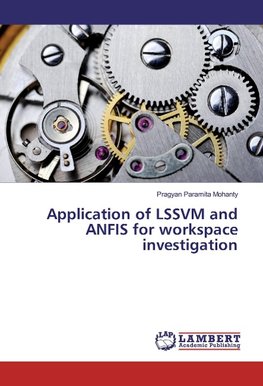
-
 Anglický jazyk
Anglický jazyk
Application of LSSVM and ANFIS for workspace investigation
Autor: Pragyan Paramita Mohanty
In ergonomics and occupational biomechanics, an understanding of human posture is significant during manual operation in order to reduce the musculoskeletal disorders (MSDs). Avoidance of unnatural and awkward posture reduces muscle and joint stress and... Viac o knihe
Na objednávku, dodanie 2-4 týždne
33.30 €
bežná cena: 37.00 €
O knihe
In ergonomics and occupational biomechanics, an understanding of human posture is significant during manual operation in order to reduce the musculoskeletal disorders (MSDs). Avoidance of unnatural and awkward posture reduces muscle and joint stress and hence evaluates physical fatigue. Thus posture prediction is a method to avoid these inappropriate postures during manual operation. In this paper a kinematic model of human upper extremity is analyzed allowing the movements of all axes of kinematic chain of upper arm within a comfort zone representing the workspace in order to predict human upper arm comfort posture. The diagnosis of posture analysis of the upper extremities from the comfort work zone allows the operator to have a comfort work range within which possible posture can be accepted. Two artificial intelligence methods:Adaptive Neuro Fuzzy Inference System (ANFIS) and Least Square Support Vector Machine (LSSVM) are used to predict upper arm posture. This posture prediction can be described through a standard workspace design considering standard Indian anthropometric data.Results of predicted joint angles & actual joint angles are compared and the errors are evaluated.
- Vydavateľstvo: LAP LAMBERT Academic Publishing
- Rok vydania: 2017
- Formát: Paperback
- Rozmer: 220 x 150 mm
- Jazyk: Anglický jazyk
- ISBN: 9783330349605











 Nemecký jazyk
Nemecký jazyk 